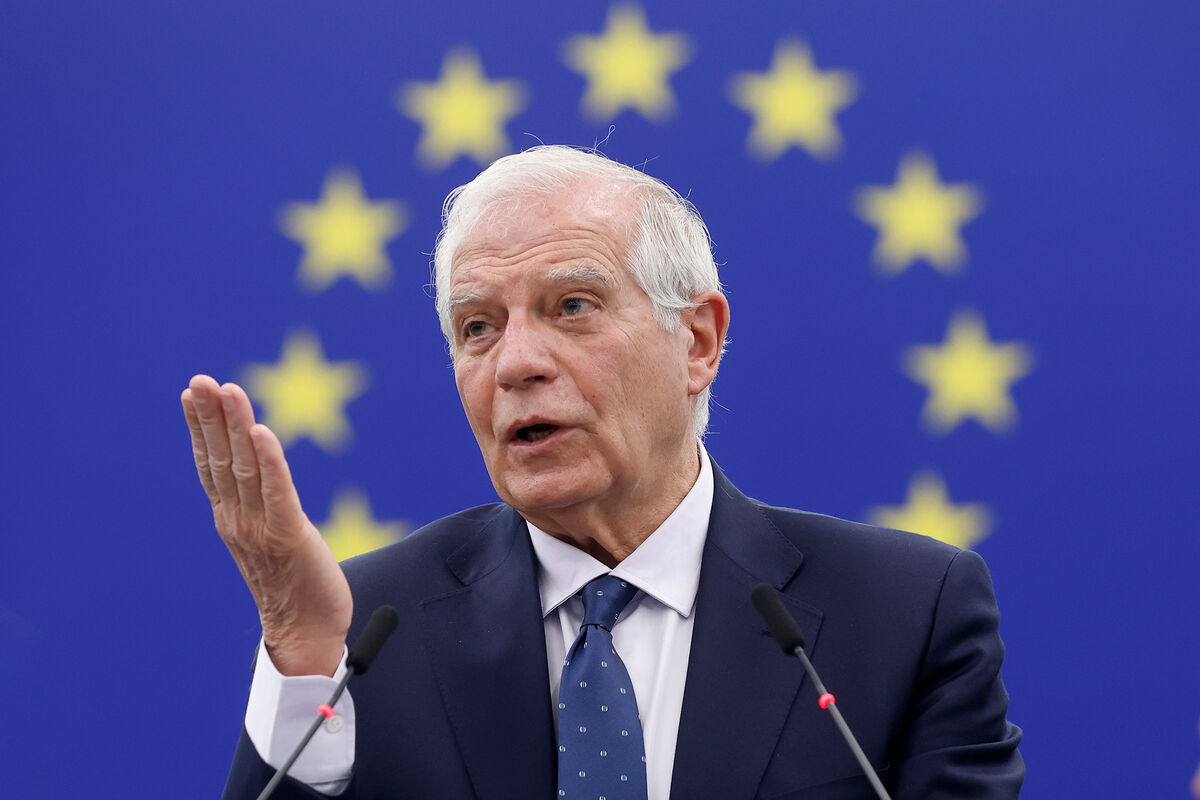Russian border guards have removed navigational buoys from the Estonian side of the Narva River, prompting a reaction from the European Union. The EU sees these actions as provocations. Josep Borrell is preparing to make a strong statement during the EU Council meeting.
Estonia is demanding the return of the buoys and emphasizes the provocative nature of Russia’s actions. These buoys were installed to mark the border and ensure the safety of fishermen and tourists, and the Russian side removed half of them.
The EU believes that the Russian government is testing the Alliance’s reaction by removing the buoys. This was stated by an EU official who wished to remain anonymous, as reported by a 24 Kanal correspondent in Brussels. The incident on the Kremlin-controlled part of the waterway became known on Friday, May 24.
Moscow Continues Provocations
The EU describes these actions by Russia as provocations. It is expected that during the European Union’s Foreign Affairs Council meeting, Josep Borrell will make a “strong statement.” “These are Russian provocations trying to test our reaction and see what our response will be,” said the anonymous EU official.
It is reported that on the night of May 23, the Russian border service “unilaterally removed the light buoys installed by Estonia to demarcate the border with Russia on the Narva River.”
Following this, Russia’s chargé d’affaires in Estonia, Lenar Salimullin, was summoned to the Estonian Ministry of Foreign Affairs on May 24. This was announced by Estonian Foreign Minister Margus Tsahkna.
Tallinn emphasizes that this is a “provocative border incident” that fits well into a broader pattern of provocative behavior by Russia, especially along its borders with neighboring countries. Estonia intends to demand the return of the buoys.
It is important to note that, according to Egert Belitsev, head of the Police and Border Guard Department, the buoys were installed so that people on the river could understand where the border lies. In total, 50 buoys were installed, of which the Russian side removed 25.
After the full-scale invasion began, Estonian border guards decided unilaterally to install the buoys, whereas previously this was done with the agreement of both sides. The buoys are necessary to mark the border line and help fishermen and tourists avoid accidentally entering Russian territory.
A 24 Kanal correspondent in Brussels reported that European Union officials, speaking on condition of anonymity, emphasized their unwavering support for Ukraine.
Moreover, according to one official, if Putin is indeed ready to stop the fighting, he can withdraw his army immediately. This comment was made in response to a Reuters publication regarding the Kremlin’s readiness to freeze the war.


